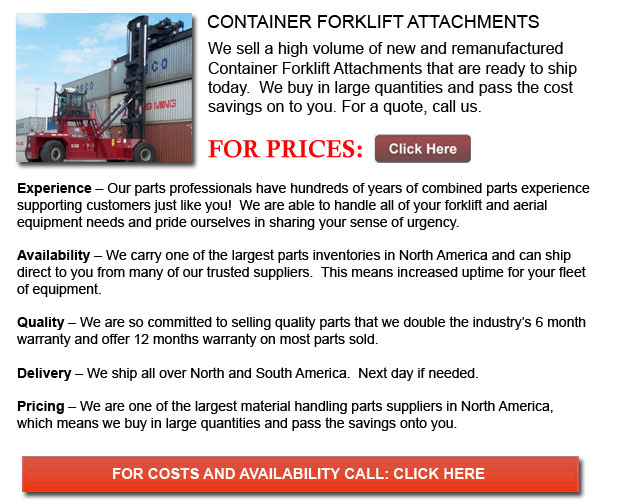
Container Forklift Attachments - Shipping containers form the basis of containerization. This is a transfer system based on various steel intermodal containers that are commonly called "shipping containers." These containers are made to particular standard dimensions which could be transported and stacked, unloaded and loaded with optimum efficiency over long distances. Shipping containers are normally transported by ships, rail and semi-trailer trucks without being opened.
This system of utilizing shipping containers was developed after WWII to be able to significantly reduce transport costs. Containerization has also been huge in increasing international trade alliances. Today, for example, around 90 percent of non-bulk cargo is transported globally by containers which are stacked on transport ships. It is estimated that 26 percent of all container trans-shipment occurs in China. There are enormous ships which can carry more than 14,500 units.
At the start, few foresaw the extent of the influence that containerization would bring to the shipping business. Benjamin Chinitz, a Harvard University economist predicted in the nineteen fifties that containerization will benefit New York by enabling it to ship its industrial goods more cost effectively to the Southern USA than other areas can. He did not anticipate that containerization would likewise make it more affordable to import such products from abroad.
Most economic studies of containerization assumed that shipping organizations would begin to replace older forms of transportation with containerization. The studies did not predict that the process of containerization itself will cause a more direct impact on the variety of producers, along with increasing the overall volume of trade across the world.
Amongst the vital benefits of containerization is the improved cargo security. Because the cargo is not visible to the casual viewer it is usually less possible to be stolen. Normally, the doors of the containers are sealed and this means that whichever signs of tampering are more evident. There are many containers which are outfitted together with high-tech electronic monitoring devices. These can be remotely monitored to detect changes in air pressure. This detection happens when the doors are opened. These monitoring devices have lessened the "falling off the truck" syndrome that long plagued the shipping trade.
In the past, there was some difficulty with incompatible rail gauge sizes in various countries. These days, most shipping ports now use the same basic size of container which has lessened the issues. Today, nearly all rail networks across the world operate on a 1435 mm gauge track. This is thought to be the standard gauge, though, several countries use broader gauges. Some nations in South America and Africa make use of narrower gauges on their networks. All of these countries rely on container trains that makes trans-shipment between various gauge trains much simpler.
![]() Click to Download the pdf
Click to Download the pdf
Forklift Parts
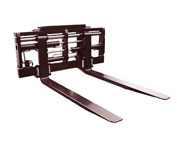
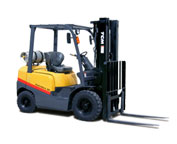
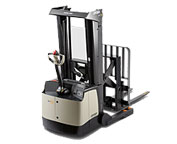
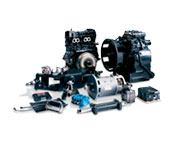
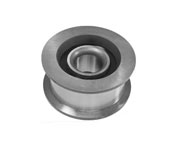
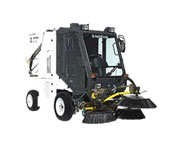
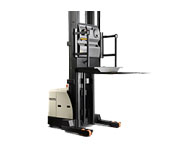
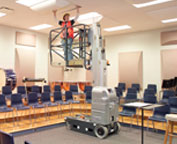
Lift Parts Express
TOLL FREE: 1-888-695-7994
LOCAL: 760-539-3072
2604-B EL CAMINO REAL 401
Carlsbad, California
forkliftpartscarlsbad.com
Email Us
About Us


